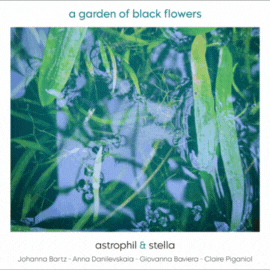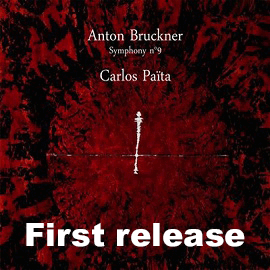 Haydn: Klaviersonaten HOB:XVI Nr. 32 & 46; Schubert: Klaviersonate D. 537; Brahms: Fantasien op. 116; Chopin: Impromptu Nr. 2 + Fantaisie Impromptu op. posth. 66 + Fantasie op. 49 + Polonaise-Fantaisie op. 61; Liszt: Funérailles + Ave Maria + Les jeux d'eaux à la Villa d'Este + Nuages gris + Recueillement; Peter Jozsa, Klavier; 2 CDs Gramola 99213; Aufnahmen 2002/2019, Veröffentlichung 04/2020 (141'28) - Rezension von Norbert Tischer
Haydn: Klaviersonaten HOB:XVI Nr. 32 & 46; Schubert: Klaviersonate D. 537; Brahms: Fantasien op. 116; Chopin: Impromptu Nr. 2 + Fantaisie Impromptu op. posth. 66 + Fantasie op. 49 + Polonaise-Fantaisie op. 61; Liszt: Funérailles + Ave Maria + Les jeux d'eaux à la Villa d'Este + Nuages gris + Recueillement; Peter Jozsa, Klavier; 2 CDs Gramola 99213; Aufnahmen 2002/2019, Veröffentlichung 04/2020 (141'28) - Rezension von Norbert Tischer
Der 1975 geborene ungarische Pianist Peter Jozsa eröffnet sein Porträt-Album mit zwei in den Ecksätzen vital und in den langsamen nachdenklich-ausdrucksvoll gespielten Haydn-Sonaten.
Die Sonate D 537 vom 19-jährigen Franz Schubert, seine Vierte, ist die erste, die er fertiggestellt hat. Es ist zugleich die erste, die voller Vorahnungen ist, die Jozsa im zweiten Satz manchmal schmerzlich verdichtet. Im Finalsatz mit seinen ungewöhnlichen Pausen erzielt der Pianist eine passende Rhetorik.
Auch im Opus 116 von Johannes Brahms versteht er es, die Musik dem Hörer zu erzählen. Der Anschlag ist kraftvoll, aber nie harsch. Zudem lässt der Pianist die Musik atmen und die Melodien fließen. Hier wirkt nichts überzogen oder aufgesetzt. Einen sehr guten Zugang hat Jozsa auch zu Chopin, bei dem er sowohl Brillanz und Eleganz als auch aufgewühlte Dramatik (Fantasie op. 49) und Melancholisch-Reflektives (Opus 61) herausarbeitet.
In den Liszt-Werken erklingen Funérailles und Nuages gris desolat, mit packend dunklen Farben, während die anderen Stücke poetisch-kontemplativ gespielt werden.
Hungarian pianist Peter Jozsa, born in 1975, opens his portrait album with two Haydn sonatas. They are vital in the corner movements and thoughtfully expressive in the slow movements.
The Sonata D 537 by 19-year-old Franz Schubert, his fourth, is the first one he has completed. It is also the first which is already full of foreboding, that Jozsa sometimes painfully condenses in the second movement. In the final movement, with its unusual pauses, the pianist achieves a very good rhetoric.
In Johannes Brahms’ Opus 116 he also knows how to make the music communicative. The playing is powerful, but never harsh, well breathing and fluid at the same time. Nothing seems excessive or artificial. Jozsa also has a very good approach to Chopin, with both brilliance and elegance as well as agitated drama (Fantasy op. 49) and melancholy (Opus 61).
Among the Liszt works, Funérailles and Nuages gris are sombre, while the other pieces are appealingly poetic and contemplative.

























